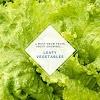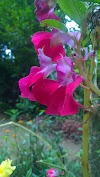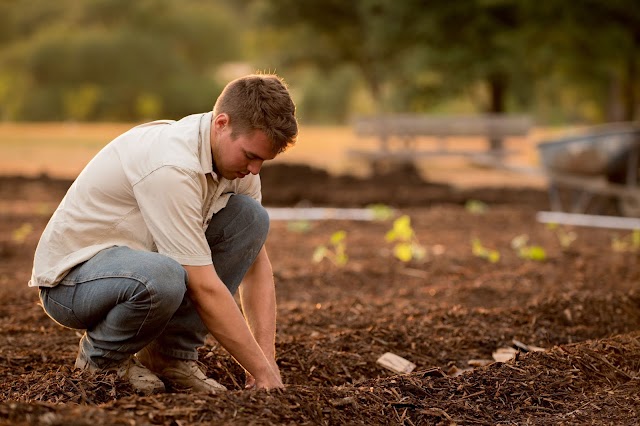ABOUT 'CUCUMIS SATIVUS' PLAN
Cucumis sativus
FAMILY:- CUCURBITACEAE
BOTANICAL NAME:- Cucumis sativus
VERNACULAR NAMES :
SINHALA : Pipingna
TAMIL : Pipingkay-Peerkangkai
ENGLISH : Cucumber
DESCRIPTION:
A medium-sized, hairy, tendril climber
LEAVES:- Simple, alternate, 11-16 cm long, 10-14 cm broad, broadly ovate-cordate, acuminate, 5 veined, shallowly 3-5 lobed, hairy on both sides, veins prominent below. Petioles 5-8 cm long, cylindrical, hairy.
FLOWERS:- Unisexual on the same plant, bright yellow, male flowers in axillary, clusters. Female flowers solitary, about 3 cm in diameter.
FRUITS:- Pendulous, variable in shape and size nearly globular to oblong and elongated with scattered spinous lubercles and warb, particularly when young, flesh pale green with characteristic cucumber odour, many seeded seeds flat, white, 8-10x35 mm . 50 seed per g (Tindall, 1993).
DISTRIBUTION :
It has been believed that Cucumis Sativus originated in Northern India. Cultivated throughout India, Sri Lanka, Indo-China and Philippine Islands (Tindall, 1993).
EDIBLE PARTS : Fruit and Young leaves.
FOOD USE: Fruit is eaten as a vegetable. Small unriped fruits are pickled. Young leaves are occasionally eaten as a green vegetable.
NUTRITIONAL AND THERAPEUTIC VALUE:
(Fruit) Moisture - 96.5 g,
Energy -13.0 Kcal,
Proteins - 0.4 g,
Fat - 0.1 g,
Carbohydrates - 2.5 g,
Calcium - 10 mg,
Phosphorus - 25.0 mg,
Iron - 1.5 mg,
Thiamine - 30 meg,
Niacin - 0.2 mg,
Vitamin C - 7.0 mg.
The fruit contains dextrose, saccharose, ascorbic acid, ascorbic acid oxidase and fixed oil. Seed kernels contain approximately 42 per cent oil and 42 percent protein. The fruit is a good source of iron and calcium containing very little vitamins B, C and G. The leaves contain urea.
ENVIRONMENTAL RESPONSE:
Sandy looms with high organic contents are suitable for vigorous growth optimal temperature range is 21-28°C. Water requirement is high but under the humid conditions leaf diseases are increased. Elevations below 1200 m are good for normal growth.
CULTIVATION.
Areas for cultivation - Can be grown in the wet zone and dry zone in Maha season.
Planting season - In the wet zone throughout the year and in Maha season in the dry zone.
Land preparation - Remove weeds and make plant holes 30 x 30 cm, add 3 kg of organic manure per hole, mix with soil and heap to about 10 cm above ground. Trellises should be
1.5 m high, when vines are trained and inverted trellises, leave only eight laterals.
Planting material - Seeds Planting and spacing -
Monocroping - Dibble 3-4 seeds to a depth of 2-3 cm in planting holes placed in 1 m x 1 m. Intercroping can be intercroped with Okra in the same planting hole, spacing should be 120 x 90 cm.
Irrigation - Keep soil moisture at field capacity. Water should flow between beds along the drains and soak only the planting holes.
Fertilizer - NPK should be applied before planting.
Time to harvest - when fruits turn yellow or dark green
Harvest - Avoid pulling of vines by using a sharp implement to remove fruits.
Yield - 5-8 T/ha.
STORAGE :
Fruits normally remain fresh for about 1 week, after which dehydration leads shrinking, low quality and bad taste.








